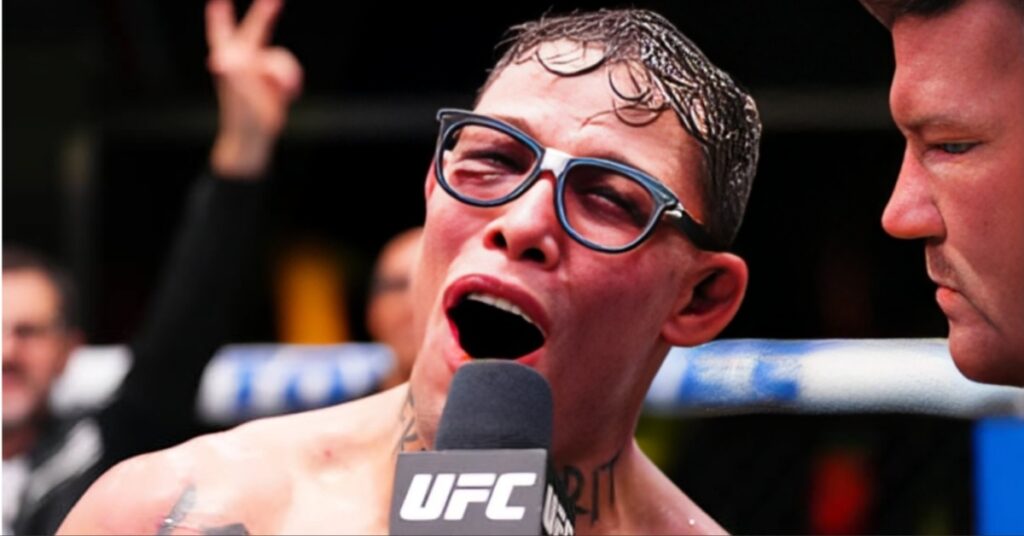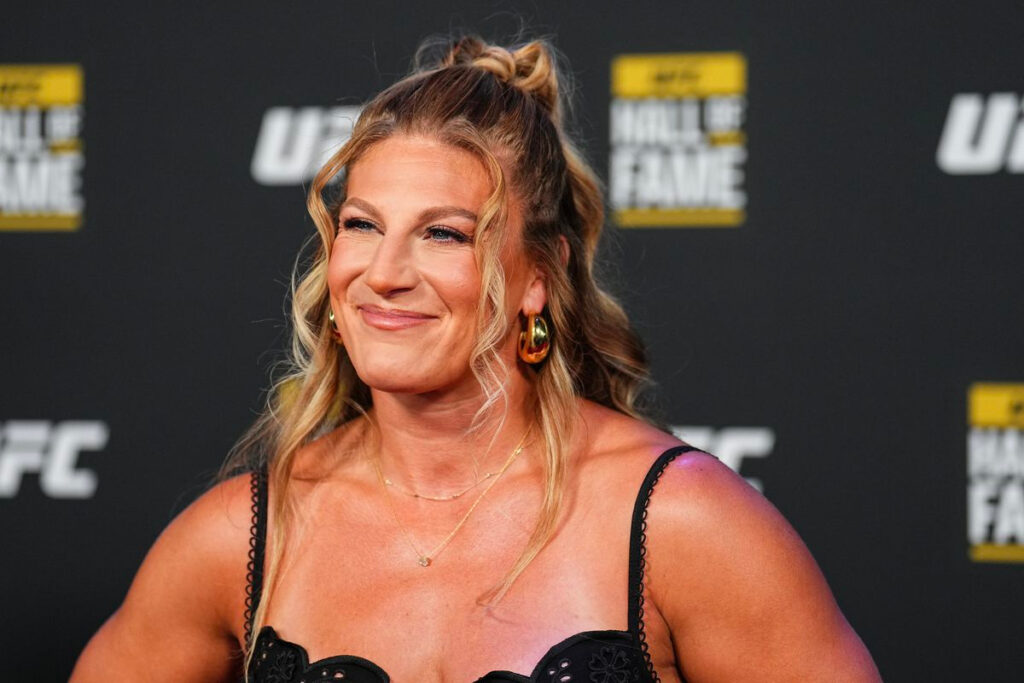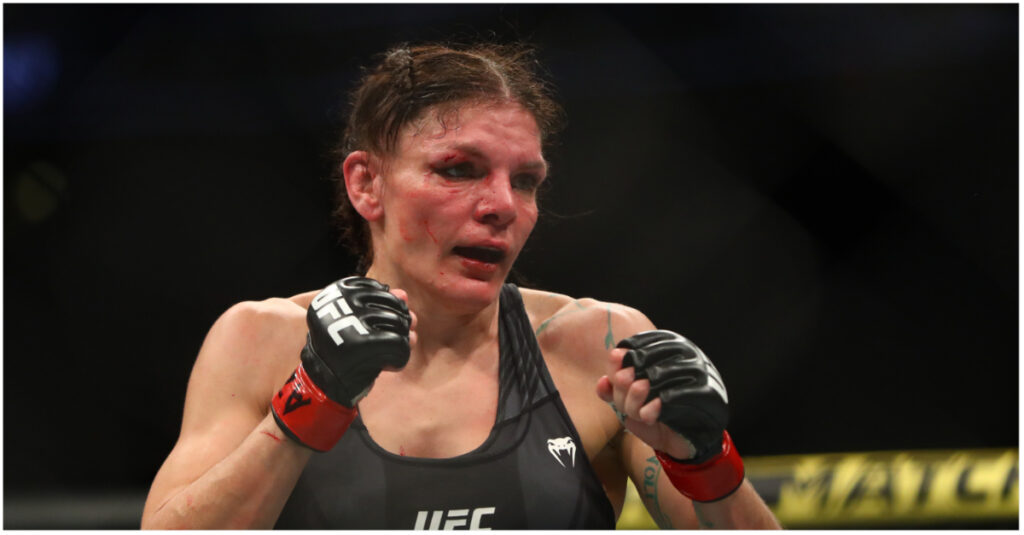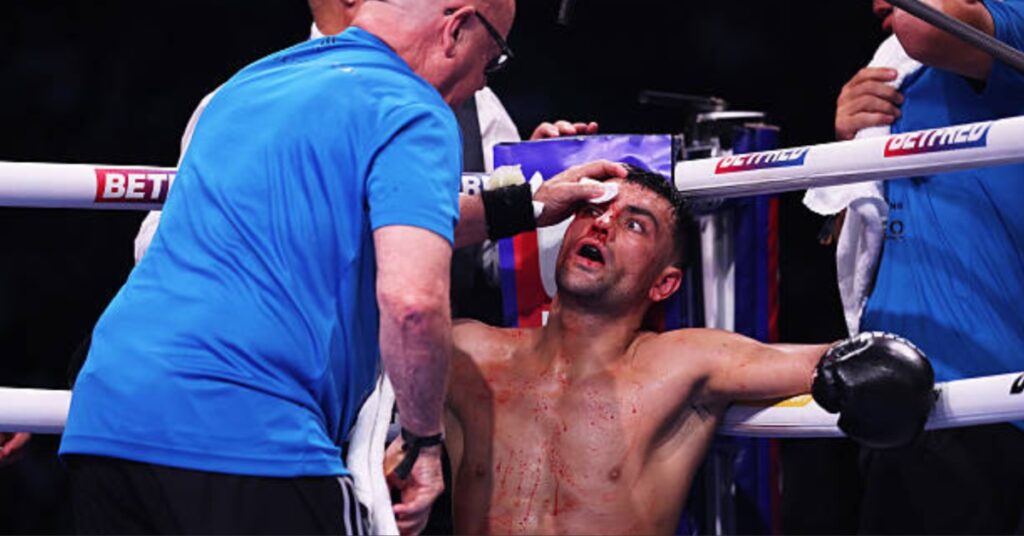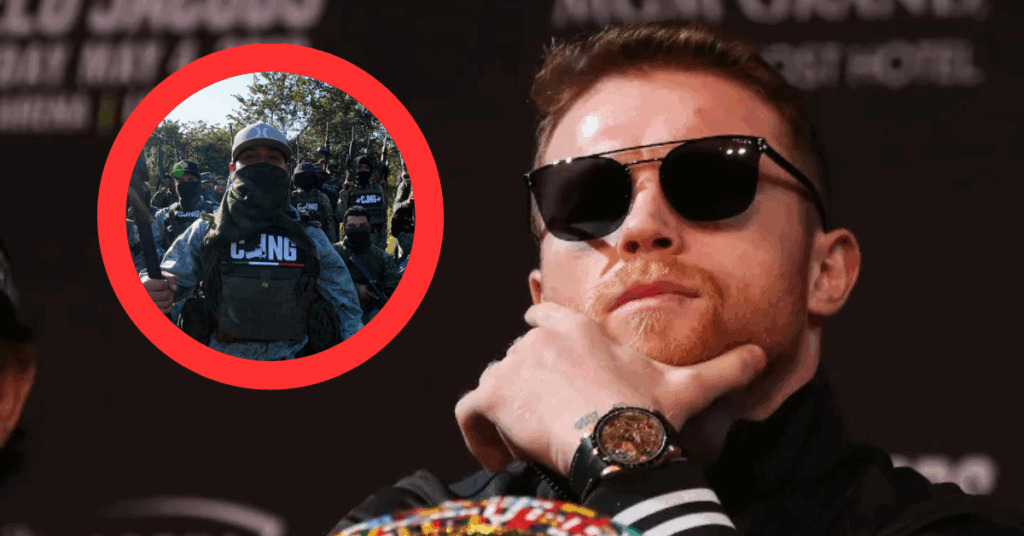Mongolian Wrestling – Ancient Bokh The National Pastime
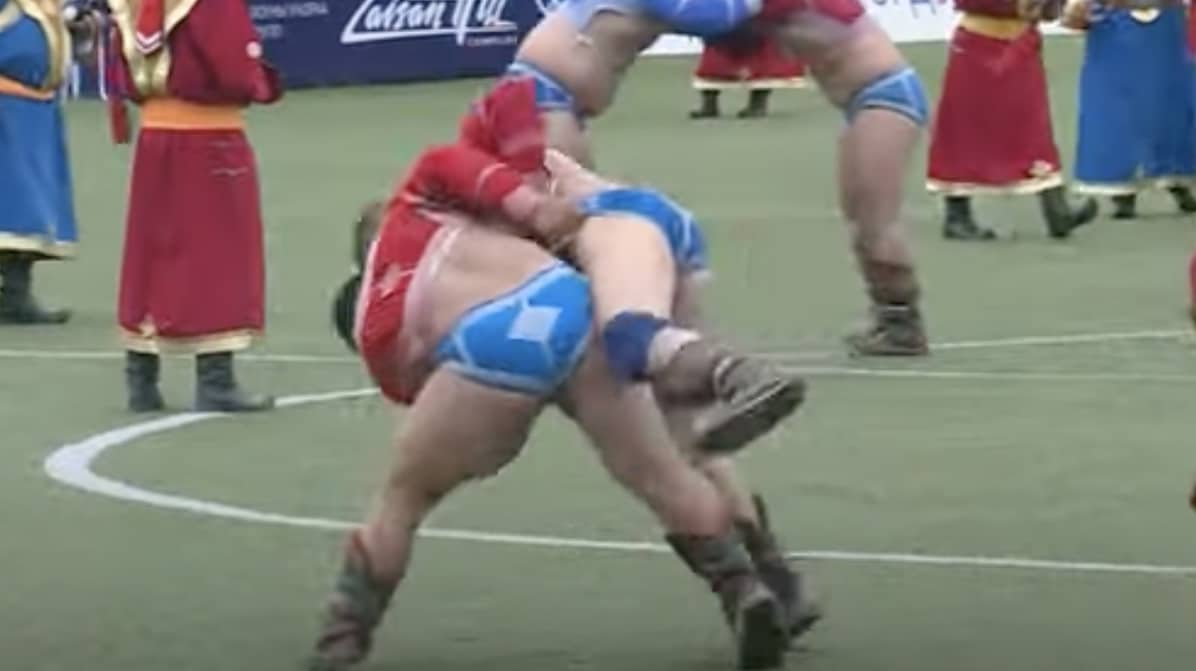
The number one sport in all of Mongolia is wrestling. Mongolian wrestling or Bokh is the national pastime of the country that is practiced throughout the land.
Bokh Mongolian wrestling has a long distinguished history and we’re going to share it with you. Here is a quick breakdown of Mongolian wrestling. Going over everything from its history, the match formats, and how Mongolian wrestlers are nationally ranked.
The History of Mongolian Wrestling
Wrestling has been part of Mongolian culture as far back as history began being recorded in the region. There are cave paintings in the region that depict wrestling dating back to 7000 BC.
Bokh is ingrained into the people of the land and something all young Mongolians were born doing. The second earliest artifact of Bokh wrestling is on silver plates dating back to the Xiongu empire in 200 BC.
Mongolian wrestling began to be after 1000 AD as a military sport. Primarily during the beginning Genghis Khan’s reign and his later descendants until the empire ended.
The reasons that Bokh was encouraged was to promote strength, stamina, and training fighting skills. Every Mongolian wrestled and this included the women.
One in particular was Genghis Khan’s daughter Khutulun. It was said that men that approached Khan to marry his daughter would have to beat her in a wrestling match.
If they lost to Khutulun, they would have to give her a house. She allegedly gained a herd of 10,000 horses from matches she won against would-be suitors.
Mongolian Wrestling Today
Bokh is still as possible as it ever was in Mongolia. Thousands of men and women take part in the annual competitions each year. Working themselves up the ranks and becoming revered as the top Mongolian wrestlers in the country.
The Match Format in Mongolian Wrestling
A Mongolian wrestling match is generally held in an open field or a stadium. Two wrestlers are matched up and they wrestle on grass.
These wrestling matches are a no-time limit draw, where the first person taking down loses. If any part of a wrestler’s body, whether it’s their back, knees, or elbows, they lose the match.
There are also no weight classes or age limits, so it’s common to see wrestlers with wide age gaps compete.
The Start of a Bokh Match
The start of a Bokh match will depend on the region in which the competition is taking place. There are different styles of Mongolian wrestling that have different rules for how a match starts.
Some regions start a wrestling match locked together while others start apart from one another.
Striking?
Punching, choking, and joint locks are banned in all forms of Mongolian wrestling. The style of Mongolian wrestling called Hulunbuir is the only style to kick.
But kicks in Hulunbuir wrestling are only permitted to the legs. No other form of Mongolian wrestling permits kicks in their matches.
Leg Contract
The rules for leg contact also differ between the different styles of Bokh wrestling. In styles like Ujumchin and Hulunbuir, wrestlers are not allowed to touch an opponent’s legs.
Although in the Halh style of Mongolian wrestling, wrestlers are required to grab their opponent’s legs.
Zasuuls
Zasuuls are sort of like Mongolian wrestler trainers that are present during a competition. But they are more as sort of guides rather than actual coaches or trainers.
The only Mongolian wrestlers that have their own personal zasuuls are the highest ranked wrestlers. All other wrestlers use whichever zasuul is present during the matches.
A zasuul of a high ranked wrestler is usually a family friend or village elder that the competitor brings with them. They shout praises to their wrestlers and encourage them to challenge their opposing side.
The Mongolian Wrestling Dance
Like in Muay Thai, Mongolian wrestling also does pre match dances, as well as post match dances. Each region has their own specific dances that wrestlers do before and after their matches.
The dances mimic different types of animals from eagles, deer, tigers, or lions. In modern Mongolian wrestling, the dances are used as warm ups and cool downs.
Those that are the best wrestlers treat the dances with respect and take the time to do them perfectly. It’s a sign of respect and love for the style of wrestling.
Sportsmanship in Mongolian Wrestling
Good sportsmanship is a must for all wrestlers that compete in any level of Mongolian wrestling. If an opponent’s uniform gets entangled, a wrestler is obligated to stop wrestling and help them. No matter if they are close to landing a takedown or not.
Before and after every bout, both wrestlers must shake hands and salute the crowds before bowing out. Winning wrestlers are also instructed to help up their opponent after scoring a takedown.
Mongolian Wrestling Uniforms
What distinguishes Mongolian wrestling from all other forms of wrestling is the uniforms they wear. Their uniforms consist of three parts
- Zodog
- Shuudag
- Gutal
Zodog
The zodog is the collarless short sleeved jacket that Bokh wrestlers wear. Originally, these jackets were made out of wool, but are not made out of silk or cotton.
These jackets have an open chest and come in either red or blue depending on the region. There is actually a story behind why the jackets are open chested.
It is said that a woman once competed in the men’s event and concealed her identity. During her last match, her jacket ripped open to reveal that she was a woman. From then on, all bokh jackets were to be open chested.
Shuudag
Shuudags are the briefs that the wrestlers wear that come in either red or blue. The reason they choose to wear these briefs is for mobility and not to get caught by material.
Gutals
Gutals are the leather wrestling boots that each competitor wears. These boots are reinforced on the sides with extra leather, as well as leather strings.
Mongolian Wrestling Competitions
In all forms of Mongolian wrestling, there are three specific major competitions and other minor events.
The three major Mongolian wrestling events are:
- National Naadam Wrestling Event
- Aimag Naadam Wrestling
- Sum Naadam Wrestling
Other Mongolian wrestling events include:
- Danshig Naadam
- Altargan
- All Ethnic Mongol Wrestling Tournament
- New Year’s Wrestling Event
- Events For Birthdays/Anniversaries
Naadam Events
The Naadam wrestling events are the biggest Mongolian wrestling events of the year. All three events generally occur in June or July with the National Naadam being the last and biggest one.
This event is held in the stadium in Ulaanbaatar. The capital city of Mongolia. Over 500 ranked wrestlers travel to the stadium each year to try and become the champion.
Mongolian wrestlers can only move up the ranks or become ranked at the Naadam festival. To be considered among the best wrestlers in Mongolia, you must win or place high at this national event.
Other Mongolian Wrestling Events
All other Mongolian wrestling events can draw large crowds, but cannot rise in national rank. Below the Naadam festival is the event held on the Lunar New Year in Mongolia.
Different regions and different bokh styles also hold their own specific competitions. Some of these can either be state sponsored or overseen by a federation.
Mongolian Wrestling Training Competitions
Before a major event, wrestlers will generally have a training camp to prepare for the event. Usually going to the countryside on land that their families own to prepare for the event.
It is usually only high ranking wrestlers that hold camps in the countryside. They will commonly invite lower ranked wrestlers from their group or village into the training camp to prepare alongside them.
Modern day training camps are very similar to how amateur wrestlers prepare for competitions. They go through grueling training sessions multiple times a day consisting of technique and weight training.
Mongolian Wrestling Rankings
There are fourteen different rankings within Mongolian wrestling. Where a wrestler ranks depends on their performance during the Nadaam events
- National Grand Champion: Wins 5 or more matches in the national championship
- National Wide Champion: Wins 4 matches in the national championship
- National Surge Champion: Wins 3 matches at National Nadaam.
- National Champion: Wins 2 matches at National Nadaam.
- National Lion: 1 win at National Nadaam.
- National Garuda: Runner-up at National Nadaam.
- National Elephant: Semi-finalist at National Nadaam.
- National Hawk: Quarter finalist at National Nadaam.
- National Falcon: Competed in the opening round at National Nadaam.
- Lion of Aimag: Won the Aimag National Tournament.
- Elephant of Aimag: Runner-up at the Aimag National Tournament.
- Falcon of Aimag: Semi-finalist at the Aimag National Tournament.
- Elephant of Sum: Won at the Sum Naadam Tournament.
- Falcon of Sum: Semi-finalist at the Sum Naadam Tournament.
All-Time Best Mongolian Wrestlers
If you’d like to know who the best Mongolian wrestlers in the world are, we have the list of most successful champions. Here are the top ten best Mongolian wrestlers of the last 100 years.
- Badmaanyambuugin Bat-Erdene: Ranked as the undefeatable giant, who won 11 national championships and runner–up one time.
- Khlorloogin Bayanmonkh: Earned the undefeatable giant rank after winning 10 championships and runner-up on two occasions.
- Badmandorgiin Tuvdendorj: Reached the undefeatable giant rank with 7 championships and 2 runner up medals.
- Jigjidiin Monkhbat: Became an undefeatable giant after winning 6 championships and 4 runner-up medals.
- Dariin Damdin: Earned the undefeatable giant rank by winning 5 championships and was also runner-up 5 times.
- Dashdorjiin Tserentogtokh: Earn 4 championships and 5 runner-up medals to become an undefeatable giant.
- Sharaviin Batsuuri: The last undefeatable giant on the list that won two championships and was also runner-up twice.
- Gelegjamtsiin Osokhbayar: Holds the wide giant rank with 4 titles and was runner-up one time.
- Agvaansamdangiin Sukhbat: A wide giant with three titles in his career.
- Natsagiin Jamyan: A wide giant with 2 titles and one runner-up medal

